Event
Open Bottle - Dom.La Casenove "La Garrigue" 2009
Thursday, June 04, 2015
Time: 04:00pm - 08:00pm
Type: Wine Tasting
Location: The Wine Cabinet
Event Free

DOMAINE LA CASENOVE
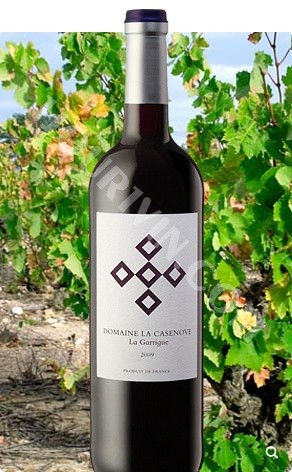 "La Garrigue" 2009
"La Garrigue" 2009
Trouillas, Languedoc-Roussillon, France
40% Carignan, 40% Syrah 20% Grenache
A great multipurpose summer red!
92 Points Robert Parker, The Wine Advocate
"The stunning 2009 La Garrigue (aged 7 months in tank) is a terrific example of how much wine one can buy for under $20 a bottle. An opaque ruby/purple color is followed by notes of cassis, blackberries, lavender, licorice, pepper and garrigue. Full-bodied, rich and heady, this beauty is capable of drinking well for 5-6 more years. However, as with most of these wines, what’s the point of waiting? Years ago I met Etienne Montes when he first began running his family’s vineyard holdings called La Casenove. Montes gave up a career as a photo journalist to guide this Domaine into the upper-echelon of Roussillon producers..... exceptional value.”
Our Regular price $23.99
Special Sale Price Only
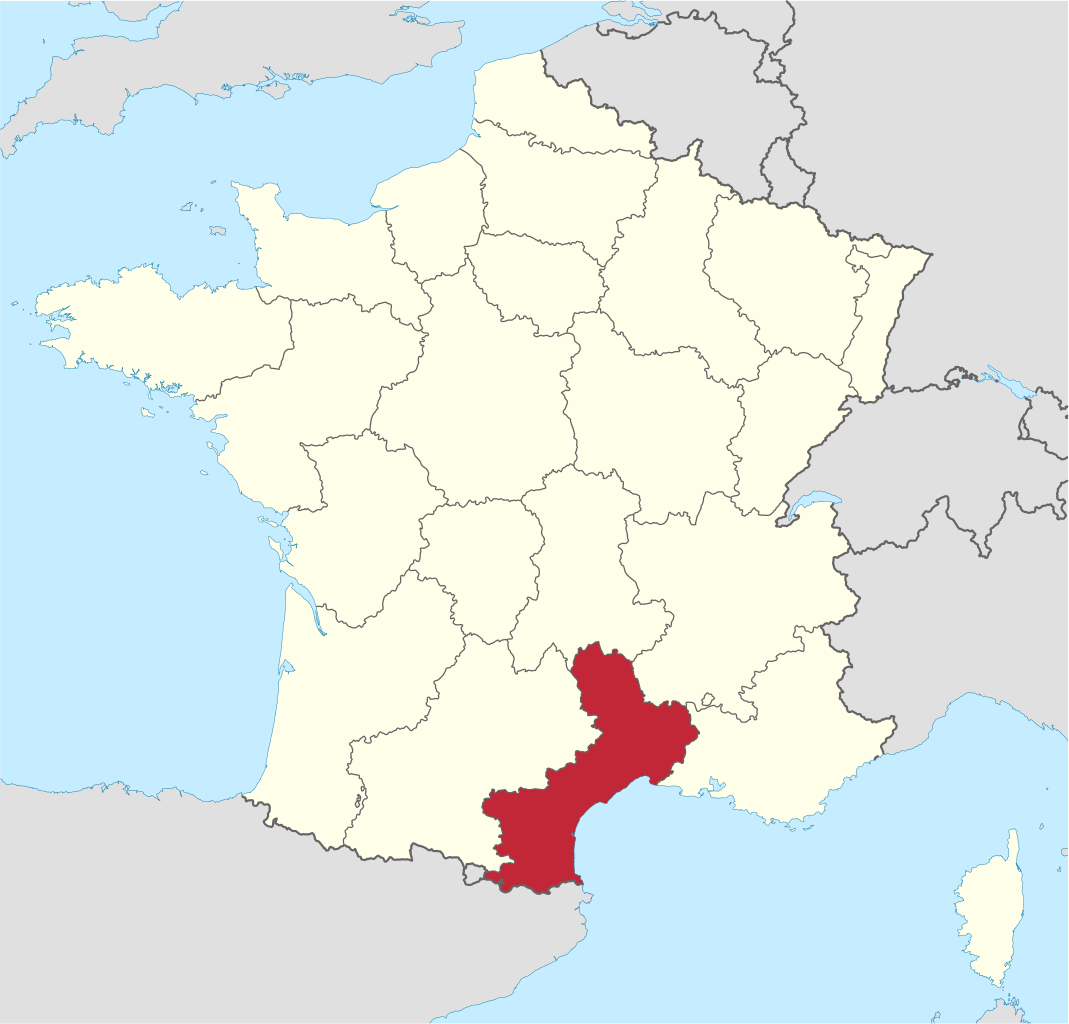 $17.00 a bottle
$17.00 a bottle
$84.00 for six
Can’t make it Thursday? Click here or call us 703-668-WINE (9463)
Our Thoughts on this wine.....
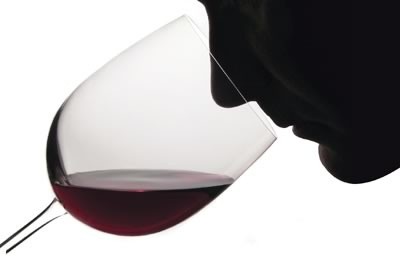 The nose is tight upon first opening with whiffs of herbs and black fruit. In the mouth were concentrated ripe fruit, think about this wine as a Chateau-neuf Lite. With a half hour of air there were focused ripe, black fruit, plum dark cherry and cool acidity before becoming dry and firm in the finish. There is good clean balance all around to this wine. Drink by 2016.
The nose is tight upon first opening with whiffs of herbs and black fruit. In the mouth were concentrated ripe fruit, think about this wine as a Chateau-neuf Lite. With a half hour of air there were focused ripe, black fruit, plum dark cherry and cool acidity before becoming dry and firm in the finish. There is good clean balance all around to this wine. Drink by 2016.
Domaine La Casenove and Languedoc-Roussillon…….
Domaine la Casenove, situated just outside the village of Trouillas, is run by Etienne Montès. Etienne was a photographer by trade, but took full control 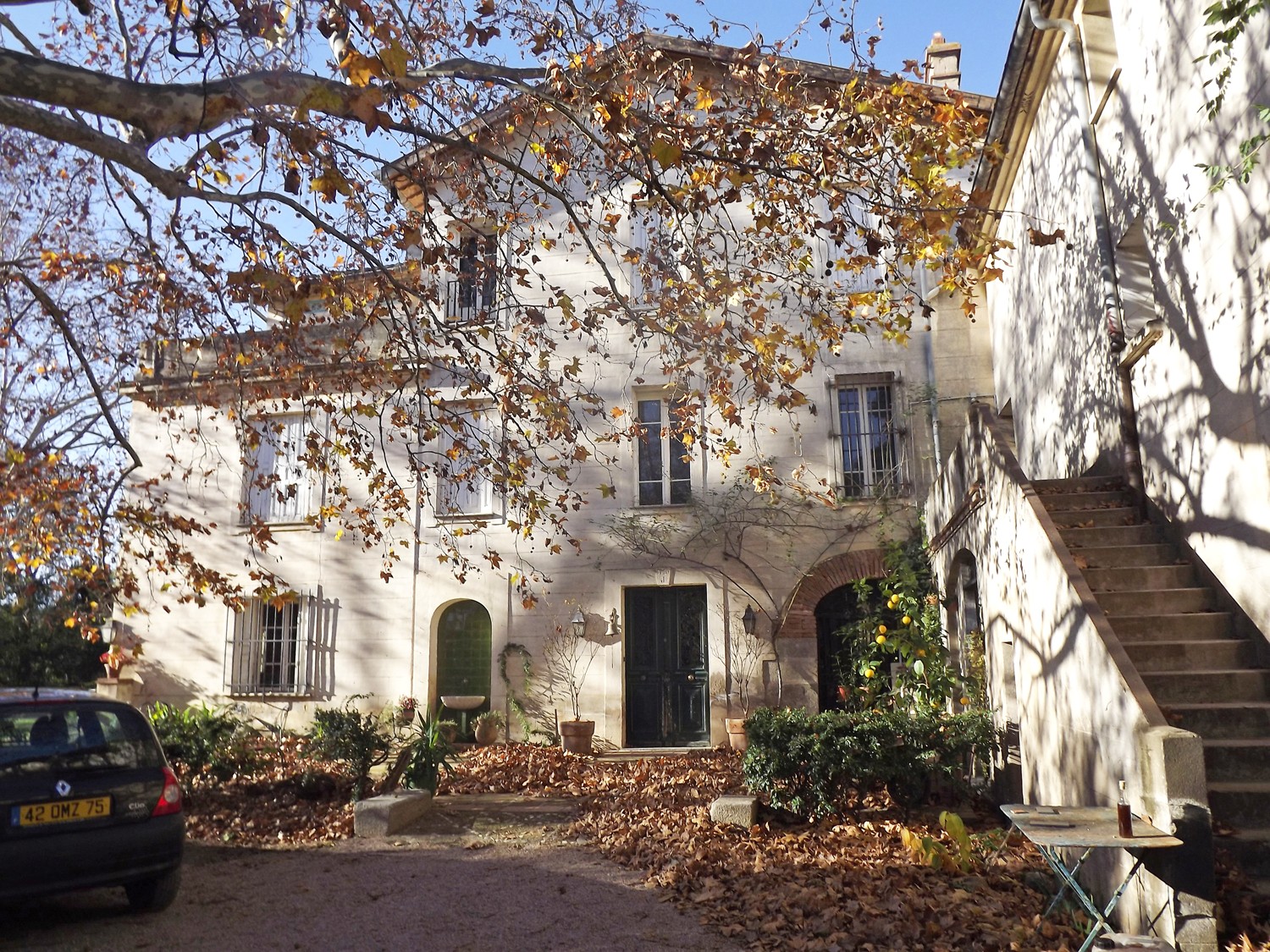 of the families vines in 1994, and has since enjoyed success, no doubt bolstered by oenological advice from consultant Jean Luc Colombo. The varieties planted are a mix of traditional Languedoc-Roussillon (Maccabeu, Carignan, Grenache) with some Catalan influences (Muscat, Malvoisie) and some improving varieties (Syrah and Mourvèdre), the latter being planted in 1967 by Etienne's father Jacques, the first in the region to do so. Another recent addition is some Roussanne.
of the families vines in 1994, and has since enjoyed success, no doubt bolstered by oenological advice from consultant Jean Luc Colombo. The varieties planted are a mix of traditional Languedoc-Roussillon (Maccabeu, Carignan, Grenache) with some Catalan influences (Muscat, Malvoisie) and some improving varieties (Syrah and Mourvèdre), the latter being planted in 1967 by Etienne's father Jacques, the first in the region to do so. Another recent addition is some Roussanne.
Languedoc-Roussillon is a large and diverse wine region in the south of France, covering an area that stretches from Nimes and Montpellier in the east, around the Gulf of Lyon to the Spanish border.
As suggested by the double-barreled name, Languedoc-Roussillon was once two independent regions – Languedoc and Roussillon. Although the worlds of wine politics and commerce have enduringly grouped the two together, geography and culture separate them; Languedoc is quintessentially French in character, whereas the strong influences of Spanish and Catalan culture are clear across Roussillon. While Languedoc's vineyards are mostly located on coastal plains, those of Roussillon are either perched on cliff tops or nestled in the foothills of the Pyrenees. However, the two regions have been treated as a single unit so often – and for such a significant period of wine history – that it is now difficult to divide them.
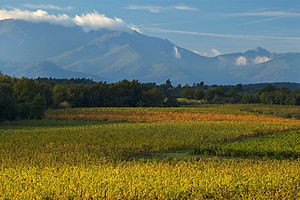 About a quarter of all the wine-producing vines in France are located in Languedoc-Roussillon, contributing to such diverse wines as the sparkling Mauzac-based Blanquette de Limoux, the rich, sweet red wines of Banyuls, and the rosés of the Cotes du Roussillon.
About a quarter of all the wine-producing vines in France are located in Languedoc-Roussillon, contributing to such diverse wines as the sparkling Mauzac-based Blanquette de Limoux, the rich, sweet red wines of Banyuls, and the rosés of the Cotes du Roussillon.
Soil types and terroir vary across the region as much as the topography, making it hard to collectively describe them. A large proportion of the land here is garrigue (the quintessential southern French landscape of dry, low-lying scrubland on limestone soils), but there are also areas of slightly higher-altitude terrain in the far south and around the Montagne Noire in 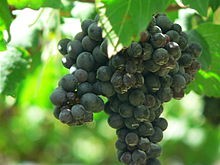 the north. Overall, it is a hot, dry region, with a definitively Mediterranean climate.
the north. Overall, it is a hot, dry region, with a definitively Mediterranean climate.
Languedoc-Roussillon is showing significant progress in the quality of its wines. With keenly priced competition from countries like Australia and Chile, the rustic style of the region's traditional wines was not sufficient to ensure continued commercial success. Emerging styles, innovative producers and revived viticultural areas are now introducing fresh life. This is demonstrated by the rapid investment, diversification and improvement in the wines of Maury in northern Roussillon; the development of more-modern wine styles such as Cremant de Limoux; and the inclusion of rose and white wines in the Collioure appellation. Perhaps most significant of all, is the new Languedoc title – introduced in 2007 to provide a consistent quality appellation for the entire Languedoc-Roussillon region.
